Please note: In September 2019, we updated the DXOMARK Mobile test protocol to cover ultra-wide-angle performance and renamed the protocol DXOMARK Camera. We also expanded our low-light testing and created the new Night sub-score, which incorporates the previous Flash score. We have retested this device using the new Wide and Night test protocols and updated the scores in this review, but we have not changed the text from the original review. For more information, please see the articles about our new Wide and Night test protocols.


Google Pixel 3a camera review (originally published July 19, 2019)
Launched in May 2019, the Pixel 3a is the budget-oriented version of Google’s flagship Pixel 3 smartphone, available with a 5.6-inch display on the standard version, or with a larger 6.0-inch screen on the XL model.
The key difference is the chipset, with the less expensive Pixel 3a devices running the more mid-range Snapdragon 670 processor, compared to the top-end Snapdragon 845 chip in the Google Pixel 3. There’s also a slight difference in screen technology, with the Pixel 3a featuring an OLED display, compared to Pixel 3’s newer P-OLED LCD. Moreover, the Pixel 3a isn’t IP68 rated for dust and water resistance like its more expensive stablemate.
Google has stuck with broadly the same camera module for all of its Pixel 3 and 3a models, however, which includes a single 12.2Mp sensor coupled to a 28mm-equivalent f/1.8-aperture lens with optical image stabilization (OIS). Changes to the chipset and image processing can impact the overall photography performance, though, so let’s see how the Google Pixel 3a fares under the rigors of a full DxOMark test.
Key camera specifications:
- Single-camera setup
- 12.2Mp 1/2.55-inch sensor with 1.4µm pixels
- 28mm (equivalent) f/1.8 lens with OIS
- Dual-pixel PDAF autofocus
- Dual-LED flash
- 2160@30fps (4K) video or 1080@30fps (default)
About DxOMark Mobile tests: For scoring and analysis in our smartphone camera reviews, DxOMark engineers capture and evaluate over 1500 test images and more than 2 hours of video both in controlled lab environments and in natural indoor and outdoor scenes, using the camera’s default settings. This article is designed to highlight the most important results of our testing. For more information about the DxOMark Mobile test protocol, click here. More details on how we score smartphone cameras are available here.
Test summary
Achieving an overall DxOMark mobile score of 100 points, the Google Pixel 3a lands in the second tier of our database of smartphone image quality. Although positioned behind many of the recent dual- and triple-camera flagship devices we’ve tested, the Google Pixel 3a is only a point behind such other single-camera devices as the more expensive Google Pixel 3, as well as Apple’s budget-oriented iPhone XR (both with 101 points overall). The Google Pixel 3a achieves the same score of 103 points for still photos as the Pixel 3 and iPhone XR, however, and all three devices offer broadly similar image quality, although there are some small differences in the strengths and weaknesses among them.
The Google Pixel 3a’s slightly lower overall score is attributable to its score of 95 points for video, compared to 98 for the Google Pixel 3 and 96 for the iPhone XR.
The Google Pixel 3a is capable of good target exposure in most tested conditions, with accurate measurements in our lab analysis under lighting conditions between 10 and 1000 lux. We recorded slight underexposure in low light (5 lux), but images remain acceptable. In our perceptual analysis of exposure when shooting natural scenes, the Pixel 3a generally delivered accurate target exposures; further, its HDR processing ensures that detail is reasonably well-preserved in the bright highlight regions, as you can see in the sky in the image below.
The Pixel 3a has a tendency to slightly underexpose in challenging high-contrast scenes, however, and although this produces images with good contrast, it ends up recording less detail in the shadows compared to devices such as the iPhone XR, which provides a stronger HDR effect. This is less problematic in well-balanced lighting conditions, though, and the Pixel 3a generally produces nicely exposed indoor images, too.
The Pixel 3a achieves a good score for color, with rendering and white balance very similar to the Pixel 3’s. In natural scenes, the Pixel 3a leans towards a slightly cooler/bluer white balance in outdoor shots, with an orange/pink cast indoors and in low-light, but the difference is marginal and overall the colors look good. Our engineers observed some over-saturation of red colors, but as this isn’t uncommon with smartphone images, it’s not too concerning.
The Pixel 3a did manage to achieve a slightly higher score for color over the Pixel 3 as a result of better measurements for color response in our lab analysis. As you can see from the charts, the Pixel 3a captures more neutral white balance compared to the Pixel 3 when tested under a range of lighting conditions.
Well-controlled noise is a key strength for the Pixel 3a, and Google has managed to slightly improve results over the Pixel 3 in this regard. The Pixel 3a displays no evidence of any problematic chromatic noise; and levels of luminance noise in flat areas of outdoor images, such as the sky, as well as indoors and in low-light shots, are generally very acceptable.
Detail preservation is also good, with high levels of acutance over 70% recorded in static scenes in lighting conditions between 5 to 1000 lux, so it’s only in extreme low-light conditions that a lack of detail becomes really noticeable. It’s not a drastic improvement over the Pixel 3 or the iPhone XR, both of which are good devices for detail preservation, but you can expect intricate areas around the center of the frame to be well-defined in most images.
Equipped with just a single camera, the Google Pixel 3a can’t quite compete with dual-camera tele-lens devices for close-range zoom shots, but Google’s advanced computational photography processing does a better-than-average job for zoom shots. Results are comparable between the Google Pixel 3a and Pixel 3, and at close range (~2x magnification), both preserve more fine detail than the iPhone XR. Some dead pixels are visible in low-light zoom shots at close range, as well as color fringing in outdoor conditions, but these are really noticeable only when displaying images at large scale. Generally speaking, the Pixel 3a does a good job with a modest amount of pinch zoom.
At medium range (~4x), detail is noticeably affected, but you’ll get away with it in bright light conditions, especially if you’re just viewing the images on the device’s display. Unlike the iPhone XR, the Pixel 3a doesn’t limit the zoom range to 4x magnification, so it is possible to capture shots at long-range zoom distances of approximately 8x magnification. Detail preservation is low on long-range zoom shots in all lighting conditions and color rendering can look unnatural, but it’s helpful to have the extra zoom capability when needed.
In Portrait mode, the Pixel 3a isn’t quite as strong as the Pixel 3 for bokeh shots. Although the overall effect between the two devices is similar when effectively applied, the Pixel 3a isn’t quite as consistent, with differing levels of blur intensity often applied across consecutive shots. With no dedicated depth-sensing sensor, Google relies on computational imaging to apply a bokeh effect, and although it does an admirable job, it’s not as effective as the best multi-camera devices. Subject isolation on both devices could be improved, with artifacts or blurring around the edges of the subject often visible. The blur gradient isn’t very well-controlled on the Pixel 3a either, with noticeable steps in the gradient as the background drops away.
Flash shots are another strength for the Pixel 3a, thanks to minimal flash fall-off towards the corners and well-preserved details. Exposures are pretty good generally in both flash-only as well as mixed-lighting shots, although very slight variations in exposure occasionally lead to slightly underexposed shots. Luminance noise is well-managed both on faces and in the flat areas towards the corners (where it’s often more noticeable). A slight pink color cast is visible when using flash under additional tungsten light sources, and the red-eye effect is often evident, but skin tones hold up pretty well overall, and flash portraits are more than acceptable.
We deduct points for noticeable artifacts that affect image quality, and the main concern with the Pixel 3a is a loss of sharpness in the outer field. Although detail towards the center of the image is pretty good, acutance drops off significantly in the corners—and this is noticeable not just at large scale, but even when examining images on the device’s display. Other issues such as ghosting, color fringing, and ringing are also evident at close inspection, as well as some flare in backlit shots, but these problems are less common or not as detrimental to overall image quality.
Autofocus is another strength for the Pixel 3a, with its dual-pixel PDAF system ensuring fast, accurate, and repeatable results in all lighting conditions. In our benchmark lab testing where we defocus the device between shots and wait either a short (500ms) or long (2000ms) delay before requesting focus, the Pixel 3a achieves quick response times and consistently delivers in-focus images in all lighting conditions. Moreover, given that we encountered no focus irregularities during our natural test scene photography sessions, you can be assured of first-class autofocus performance from the Pixel 3a.
The Google Pixel 3a isn’t as strong for video performance as its more expensive stablemate, and although autofocus is slightly improved and color is broadly the same, it doesn’t score quite as well for exposure, texture, noise, artifacts, or stabilization. That said, the Pixel 3a is generally a capable device for video exposure, with accurate target exposures and slightly better preservation of highlight details in bright-light conditions compared to the Pixel 3.
The main problem for video when compared to the Pixel 3 is noticeable underexposure in low light, which has an impact on the Pixel 3a’s overall score. You can see from the two stills taken from videos captured in the lab under 1 lux lighting conditions that the Pixel 3 is capable of usable video in near-dark lighting conditions, but the comparable Pixel 3a video is far too underexposed to be viable.
Color is a key strength for the Pixel 3a’s video performance, and aside from a slightly pink white balance cast visible in outdoor images, colors are generally bright and vivid, and especially so indoors and in low light.
Video noise is well-managed in all lighting conditions, too, and although it doesn’t quite match the Pixel 3’s score for noise, it’s not far off. In very low light, temporal noise is broadly the same between the two Google devices, and a modest improvement over the iPhone XR. As light levels increase, however, the Pixel 3a displays fractionally more temporal noise compared to the Pixel 3 (except in very bright light conditions of 1000 lux), which explains its slightly lower overall noise score.
The difference between the Google devices is a little more significant for video texture, with a greater loss of fine detail evident in the Pixel 3a’s movies compared to the Pixel 3’s, which you can see in the grass in the video stills below.
Overall, the Pixel 3a implements a fairly effective stabilization system for video, so it avoids any significant wobbles and judders in static handheld videos as well as in videos captured with walking movements. Our engineers did notice some distracting frame shifts when capturing panning videos, however, with noticeable jumping and a ghosting effect present as the camera pans. This could be explained by the device’s less powerful chipset, which isn’t able to crunch through the video data quite as effectively as the chipset in the Pixel 3.
Conclusion
With a slew of attractive mid-range devices now available in the competitive smartphone market, there’s pressure on the big players to provide more affordable options. As such, Google, Apple, and Samsung all now have more budget-oriented versions of their flagship devices available to help keep customers loyal. In the case of the Google Pixel 3a, the most significant difference is its cheaper chipset, so it’s not as powerful as the flagship Pixel 3.
The photography proposition remains broadly the same, however, and the Pixel 3a’s single-camera solution boasts the same basic specifications as the more expensive model. Accordingly, image quality for still images is pretty similar for the two devices, with some differences in white balance and bokeh rendering the main notable exceptions.
Neither model can quite compete with the best dual- and triple-camera devices we’ve tested, but some excellent computational processing ensures that the Pixel 3a remains a very capable device for photography. The Pixel 3a’s less-powerful chipset has more of an impact in video quality, however—and again, while it remains a very capable performer for video, some underexposure in low light, loss of detail, and frame shifts when panning mean that it’s not quite up there with the best.
Photo pros
- Good highlight detail in most lighting conditions
- Accurate target exposures
- Generally nice color rendering
- Fast, accurate and repeatable autofocus
- Good detail and coverage using flash
Video pros
- Low noise, even in low light
- Fast, accurate and repeatable autofocus
- Bright and vivid color, especially indoors and in low light
- Effective stabilization
Photo cons
- Loss of sharpness in the field
- Underexposure of darker regions outdoors
- Blue color cast outdoors
- Unnatural subject isolation and inconsistent blur effect in bokeh shots
Video cons
- Slight pink color cast outdoors
- Noticeable underexposure in low light
- Low detail in all conditions
- Strong frame shift noticeable in panning videos



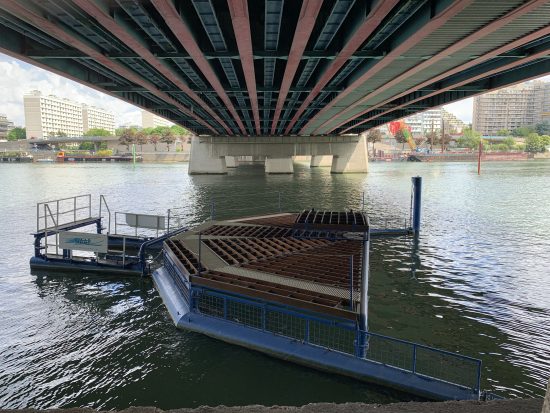
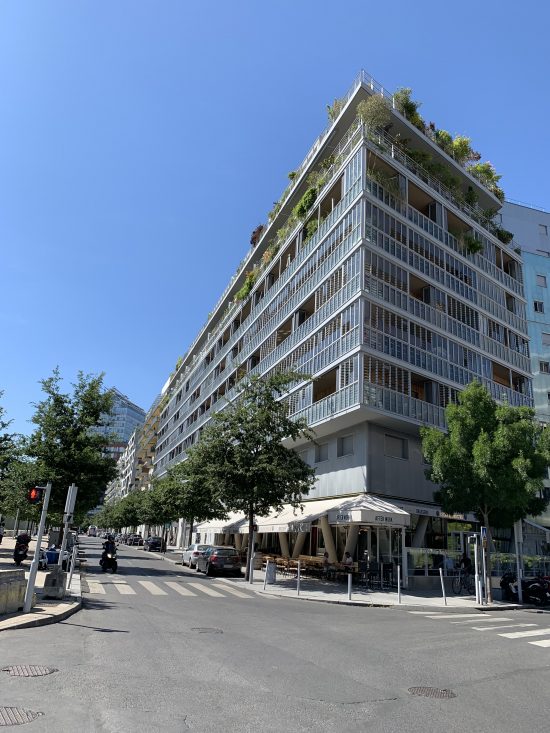
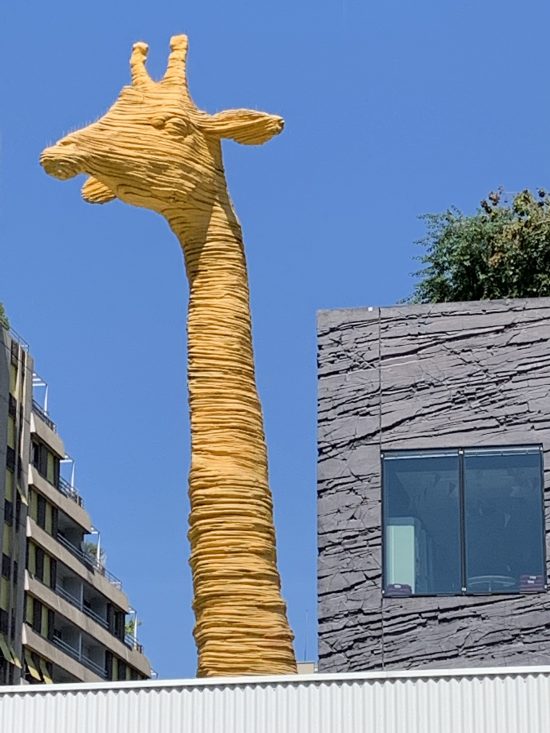
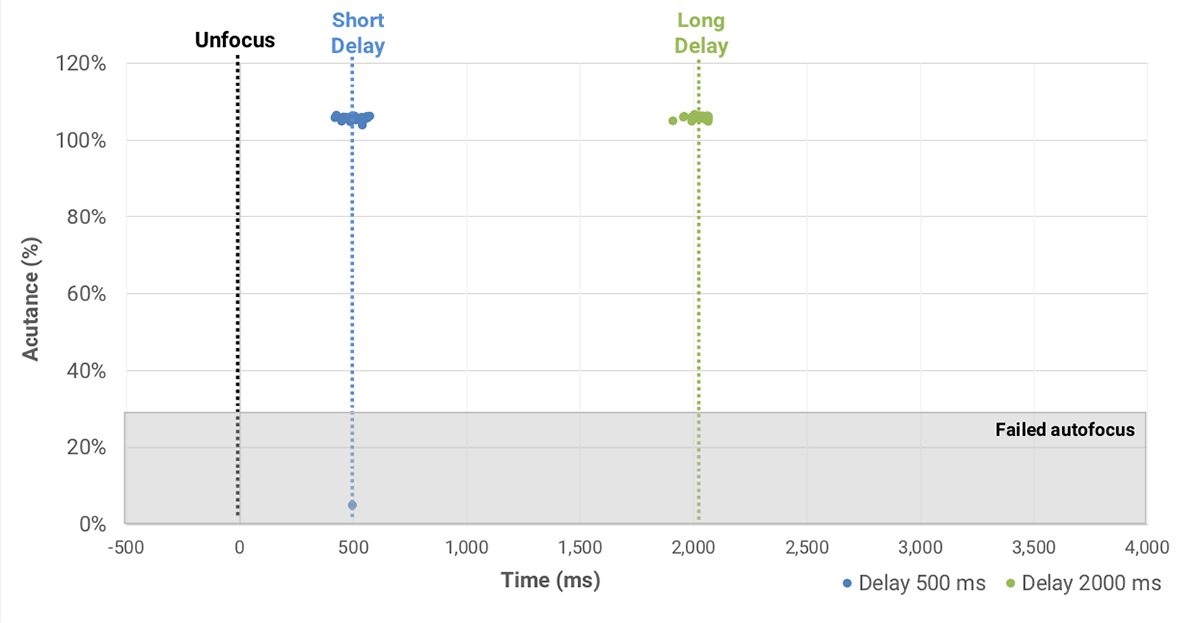
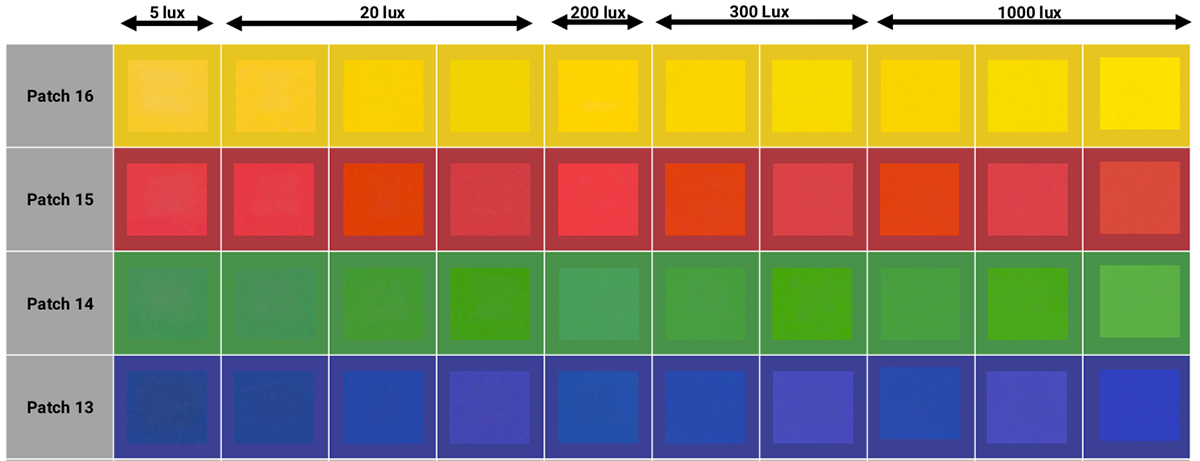
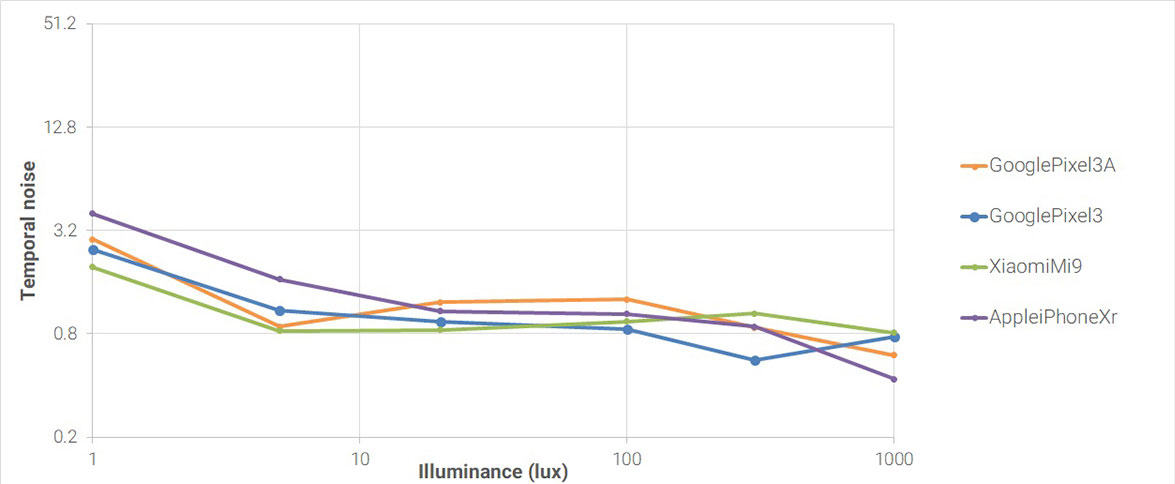


DXOMARK encourages its readers to share comments on the articles. To read or post comments, Disqus cookies are required. Change your Cookies Preferences and read more about our Comment Policy.